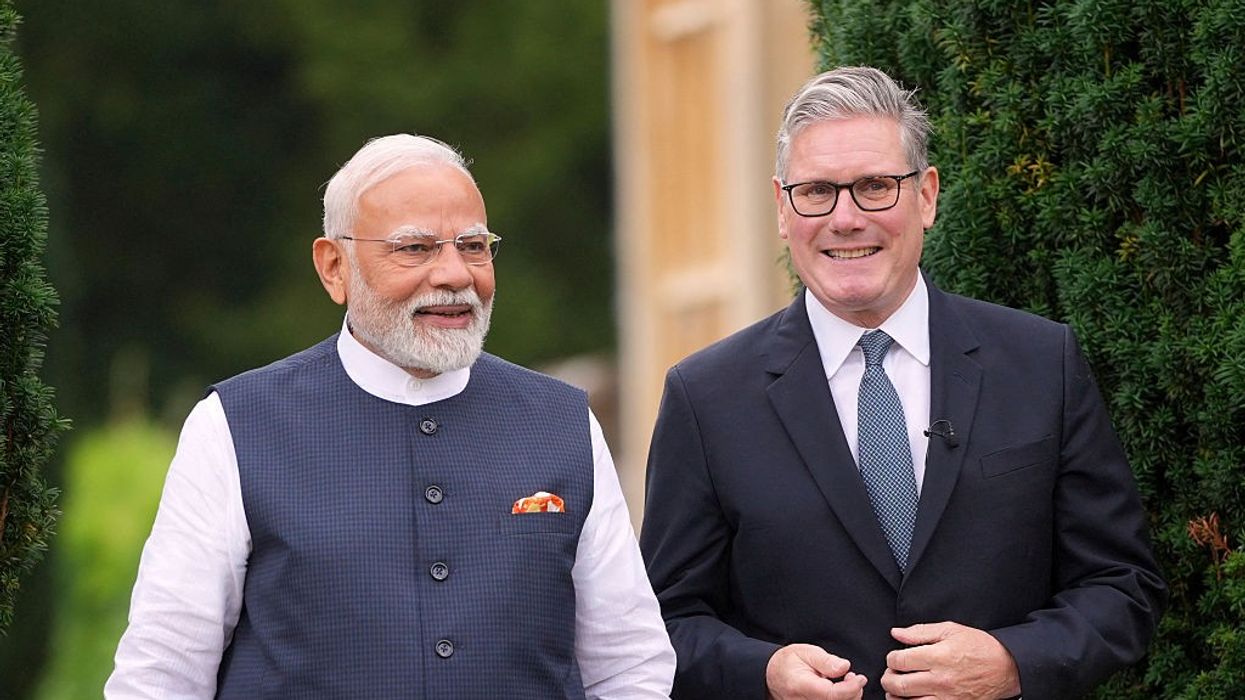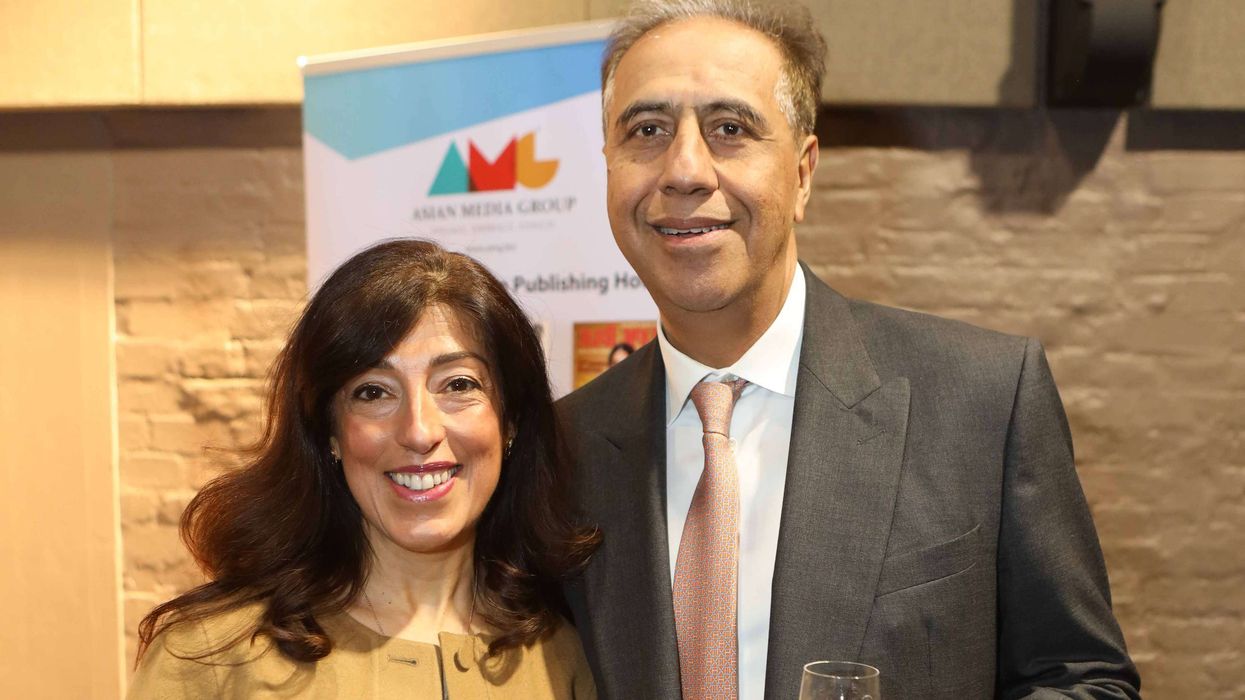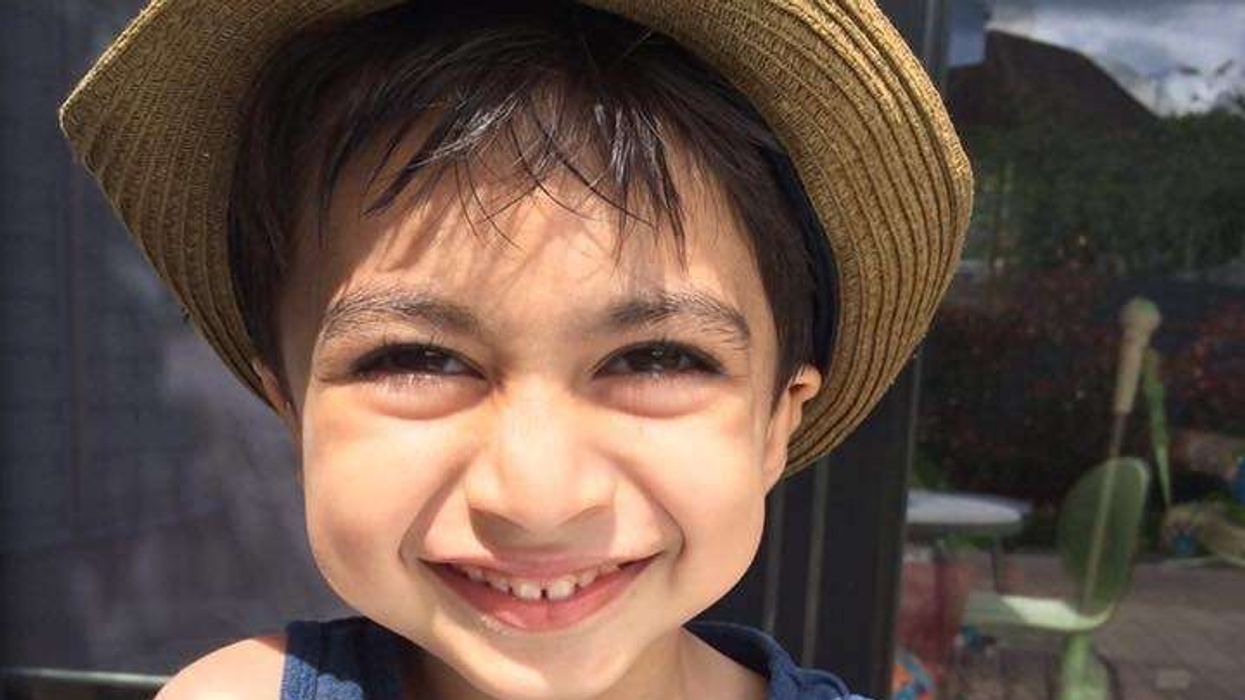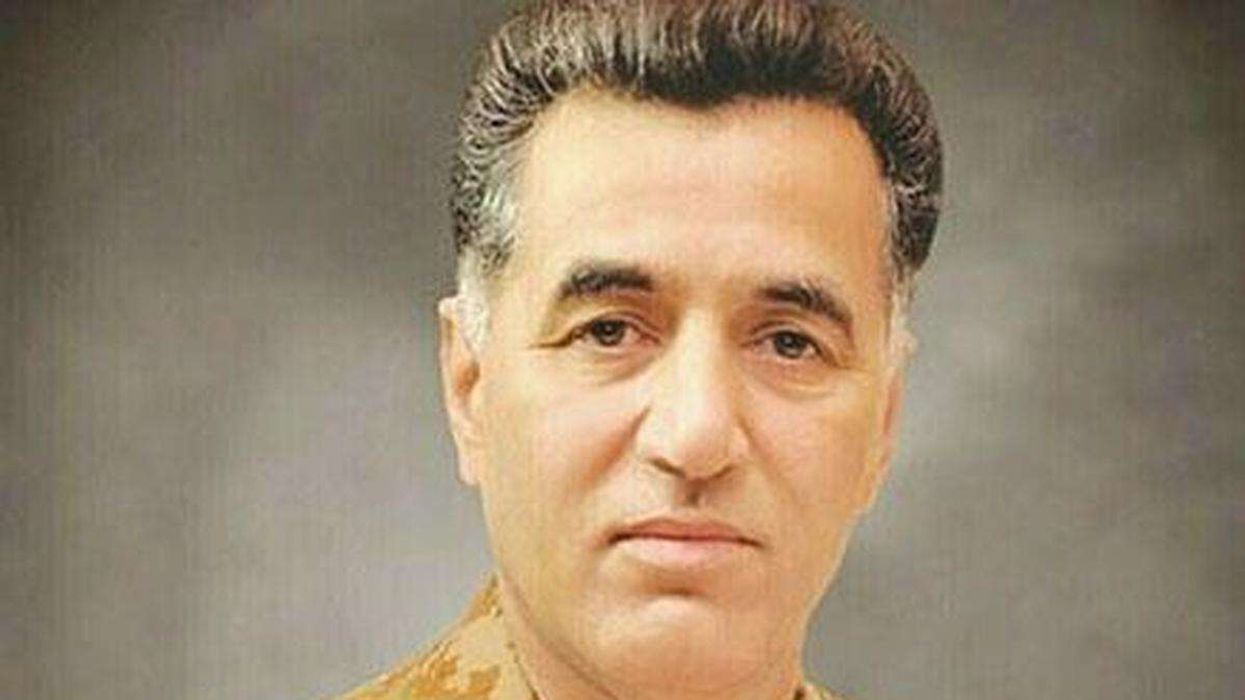PRIME MINISTER Keir Starmer is expected to make his first visit to India in early October, with technology and trade ties at the centre of his programme. He is scheduled to join Indian prime minister Narendra Modi at the Global Fintech Fest (GFF) 2025 in Mumbai, officials indicated on Tuesday (9).
The event, which runs from October 7 to 9 at the Jio World Centre, is organised by the Payments Council of India, the National Payments Corporation of India and the Fintech Convergence Council. It is promoted as the world’s largest conference in the sector and is supported by several Indian ministries and regulators, including the Reserve Bank of India and the Securities and Exchange Board of India.
Mumbai will be the main focus of Starmer’s trip, which comes a little over two months after Modi visited Britain to conclude the bilateral free trade agreement. The agreement, formally known as the Comprehensive Economic and Trade Agreement (CETA), is now undergoing ratification in the UK Parliament. It sets a target of doubling bilateral trade to $120 billion (£89bn) by 2030.
Starmer’s visit may also include engagements in Bengaluru, reflecting the city’s role as a hub for India’s technology industry. The trip will follow shortly after the Labour party’s annual conference in Liverpool.
Officials in London and New Delhi have said the two leaders will use the opportunity to review progress across the wider India-UK Comprehensive Strategic Partnership. Areas of focus include defence, security, education and innovation, in addition to trade.

Technology cooperation has gained particular importance in recent years. The India-UK Tech Security Initiative, launched last year, aims to strengthen joint work in emerging areas such as artificial intelligence, quantum computing, biotechnology, critical minerals and secure telecoms.
Speaking ahead of the event, Infosys co-founder Kris Gopalakrishnan, chair of the GFF 2025 advisory council, said the conference would explore how financial technology can be used to expand access and improve efficiency.
“The UK and India share one of the most dynamic economic relationships in the world. Financial services and technology are central to this association, with significant opportunities for a synergy between London’s global role in fintech and India’s digital public infrastructure and consumer base,” he said.
The theme for this year’s fest looks beyond artificial intelligence to what organisers call “augmented intelligence,” which combines human expertise with digital tools. According to the organisers, discussions will address how to create solutions that are responsible, inclusive and sustainable.
Policymakers, regulators, investors and academics are expected to attend, making the event a key platform for dialogue between the two countries. For Starmer, it will also provide an early chance to present his government’s vision for closer engagement with India, building on long-standing cultural and economic links.
Starmer accepted Modi’s invitation to visit during their talks at Chequers in July. At that meeting, both leaders underlined the importance of the relationship and expressed confidence that cooperation would expand further in the years ahead.
(PTI)













